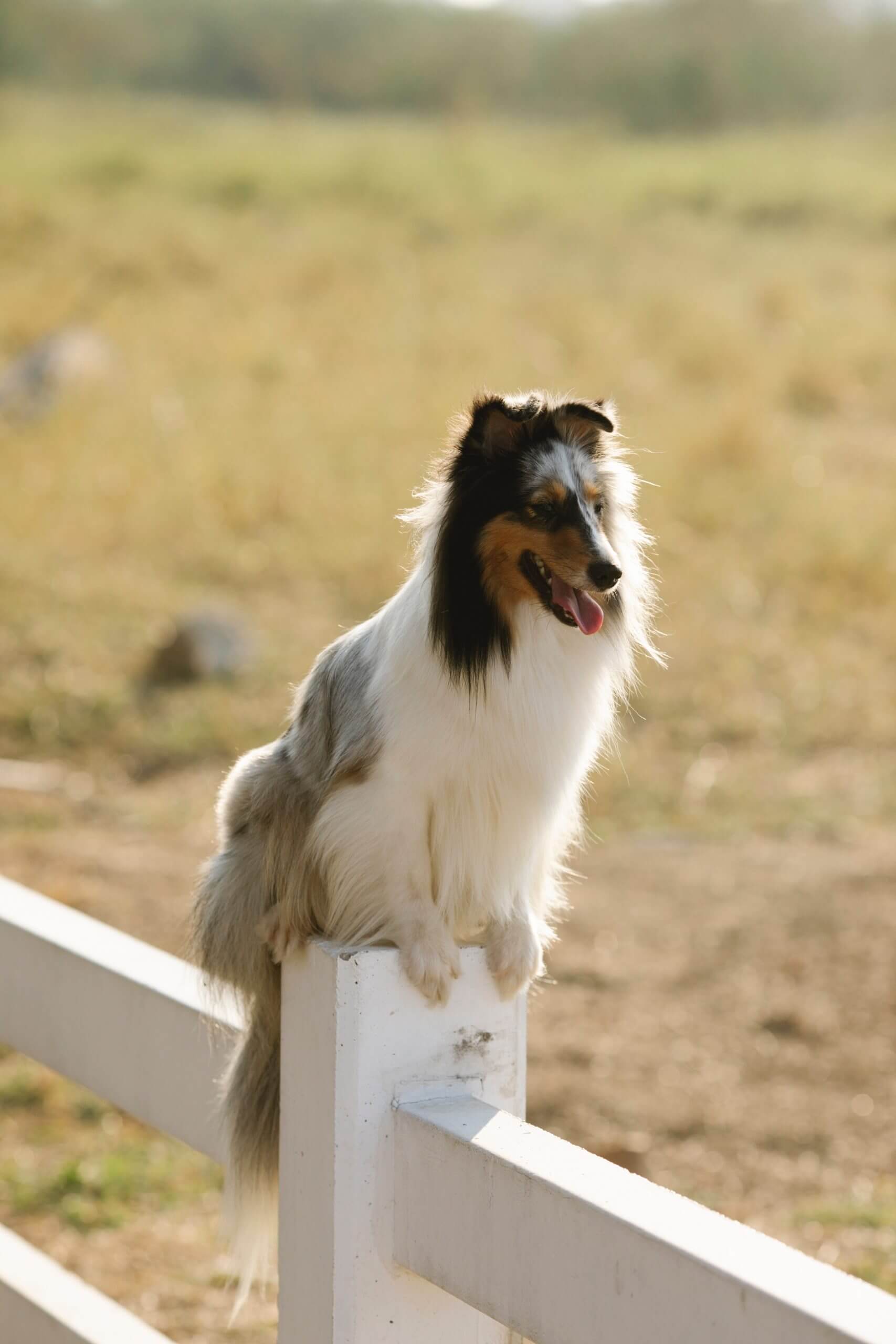The Shetland Sheepdog, affectionately known as the “Sheltie,” is a small to medium-sized herding breed known for its intelligence, agility, and loyalty. These beautiful dogs have a striking resemblance to the Rough Collie but come in a more compact package. In this article, we will delve into the Shetland Sheepdog’s history, size, exercise requirements, personality traits, health concerns, care, feeding, coat colors, grooming, lifespan, and interactions with children and other pets.
History
The Shetland Sheepdog originated in the Shetland Islands, a remote archipelago in Scotland, where it was bred to herd sheep, ponies, and poultry. The breed was developed by crossing local herding dogs with small, long-haired working dogs brought to the islands by sailors. These early Shelties were smaller than their modern counterparts, but the breed gradually increased in size over time. The Shetland Sheepdog was first recognized by the Kennel Club (UK) in 1909 and by the American Kennel Club in 1911.
Size
Shetland Sheepdogs are a small to medium-sized breed, with an average height of 13 to 16 inches at the shoulder and a weight range of 14 to 27 pounds. Their size is well-suited for families in various living situations, including apartments and homes with small yards. Shelties have a sturdy, well-proportioned build that reflects their working heritage.
Exercise
Shetland Sheepdogs are an energetic and intelligent breed that requires daily exercise and mental stimulation. A combination of brisk walks, play sessions, and mental challenges such as puzzle toys and training exercises will keep a Sheltie engaged and content. These dogs excel in various dog sports, such as agility, obedience, and herding trials, which can provide an excellent outlet for their energy and intellect.
Personality
Shelties are renowned for their loyalty, intelligence, and gentle nature. They form strong bonds with their families and are often reserved with strangers, making them excellent watchdogs. While they can be shy, early socialization and consistent, positive training methods will help ensure a well-adjusted and confident Sheltie. This breed’s intelligence makes them highly trainable and eager to please, earning them a reputation as one of the most obedient and responsive breeds.
Health
Shetland Sheepdogs are generally healthy but may be prone to certain hereditary health conditions. These include hip dysplasia, eye disorders, hypothyroidism, and von Willebrand’s disease. Regular veterinary check-ups, a balanced diet, and proper exercise can help maintain a Sheltie’s health and longevity.
Care
To keep your Sheltie healthy and happy, provide them with a comfortable living environment, mental stimulation, and a balanced diet. Due to their intelligence and energy levels, Shelties thrive in environments where they have room to explore and engage in various activities. Mental stimulation is crucial for this breed, so incorporating puzzle toys, interactive games, and obedience training into their daily routine will keep them engaged and content.
Feeding
A balanced diet tailored to your Sheltie’s age, size, and activity level is essential. Consult your veterinarian to determine the appropriate amount and type of food for your dog. As with all breeds, avoid overfeeding your Sheltie to prevent obesity and related health issues.
Coat Color
Shetland Sheepdogs have a beautiful, thick double coat that comes in various colors, including sable, black, and blue merle, often with white markings. Their profuse mane and frill, along with their full tail, add to their elegant appearance.
Grooming
Shelties require regular grooming to maintain their luxurious double coat. A thorough brushing at least once a week will help prevent tangles, mats, and excessive shedding. During shedding seasons, more frequent grooming may be necessary to keep their coat in optimal condition. In addition to coat care, routine ear cleaning, nail trimming, and teeth brushing are essential to maintain their overall health and hygiene.
Lifespan
The Shetland Sheepdog has a lifespan of approximately 12 to 14 years, which is typical for a breed of its size. By providing your dog with a balanced diet, regular exercise, and routine veterinary care, you can help ensure they live a long and healthy life.
Interacting with Children
Shelties are known to be gentle, patient, and loving with children. Their loyal and protective nature makes them excellent companions for families with kids. However, it is essential to supervise interactions between children and dogs to ensure both parties’ safety. Teach children how to interact safely and respectfully with dogs, and your Sheltie will form a strong, loving bond with them.
Interacting with Other Pets
With proper socialization and training, Shetland Sheepdogs can get along well with other pets, including dogs and cats. Their herding instincts may cause them to try to herd other animals, so early introductions and consistent training are key to ensuring successful relationships between your Sheltie and other pets.
Conclusion
The Shetland Sheepdog is a charming, intelligent, and loyal breed that makes a wonderful family companion. By understanding the breed’s history, size, exercise needs, personality traits, health concerns, care requirements, and interactions with children and other pets, you can provide your Sheltie with a happy, fulfilling life. Their beauty, intelligence, and unwavering devotion are sure to win the hearts of all who encounter them.

